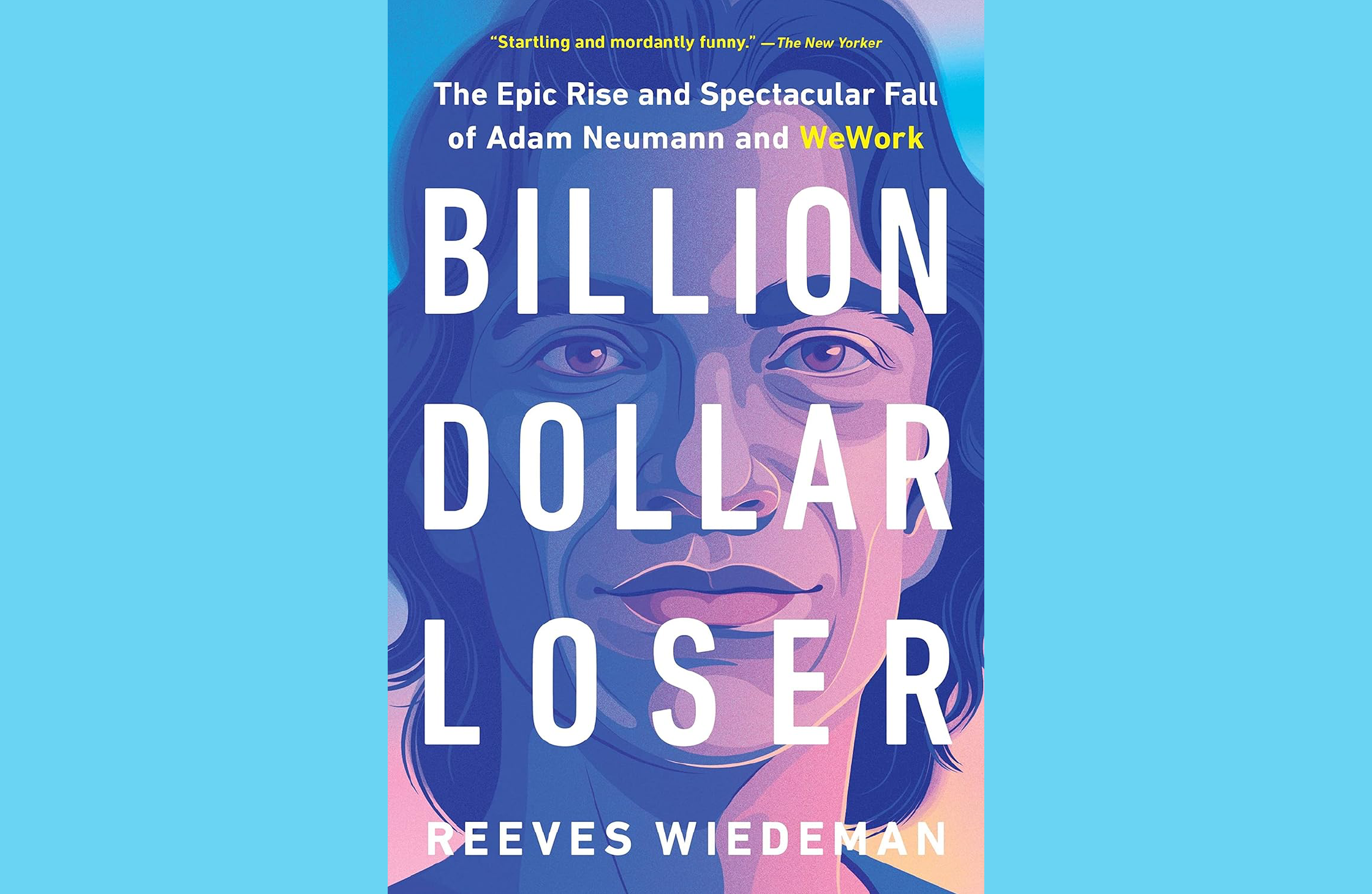5 Reasons WeWork Had A Disastrous Business Model (It's Frightening)
Explore WeWork's journey from a $47 billion valuation to bankruptcy, examining the vital lessons on business model fit for entrepreneurs and investors.

In the lexicon of entrepreneurship, WeWork's trajectory has become a touchstone—a company that captured the zeitgeist of the evolving workplace yet stumbled on the pathway to financial sustainability. Despite hitting the mark on identifying a palpable need and filling it with a desirable product, WeWork's narrative starkly highlights the gravity of a viable business model. It is a tale that entrepreneurs can draw both inspiration and caution from.

Problem-Solution Precision
WeWork’s inception was a stroke of brilliance in workplace innovation. It pinpointed a burgeoning demand for flexible workspaces that catered to the spirit of the gig economy, freelance professionals, and dynamic startups. The problem was apparent: the modern workforce sought freedom from the constraints of traditional offices. WeWork’s solution—flexible leases, vibrant work environments, and community-building amenities—struck a chord. This was the problem-solution fit at its finest.
The Product-Market Harmony
Rapid expansion and widespread consumer adoption signaled a robust product-market fit. Entrepreneurs, small businesses, and even Fortune 500 companies were magnetized by the allure of WeWork’s dynamic spaces. Here was a brand that understood its customers and delivered a product they were willing to pay for. The alignment seemed perfect, and the scale of growth WeWork pursued seemed justified by the demand.
The Business Model Disconnect
Yet, success in solving a problem and capturing a market is but a fragment of the entrepreneurial journey. The crux lies in crafting a business model that not only delivers value but also captures it effectively. WeWork's misalignment in this critical area underscores the essence of our discussion.
A Cost Structure in Disarray
WeWork's primary misstep lay in its aggressive growth strategy, underpinned by a fixed-cost juggernaut. The company locked itself into long-term leases, assuming a consistent and growing stream of short-term tenants. The fixed costs were immutable, yet revenue ebbed and flowed with occupancy rates. This disconnect created a financial seesaw that was difficult to balance and became WeWork’s Achilles' heel.
Scaling: Not Without Unit Economics
Entrepreneurs often fall into the trap of equating scaling with success. However, WeWork’s example accentuates the significance of robust unit economics before pursuing growth. Each WeWork location, while aesthetically uniform, carried with it a financial idiosyncrasy—a unique blend of costs, market pricing, and occupancy volatility. The model's assumption that each unit would be profitable within a predictable timeframe proved to be a problematic oversight.
The Perils of Overvaluation
The venture capital mantra 'growth at all costs' often leads to inflated valuations, and WeWork was no stranger to this phenomenon. While the valuation soared, the fundamentals of the business model lagged. This disconnect not only misleads investors but also creates a warped self-image for the company, leading to overconfident and often reckless decisions.
Market Dynamics and Flexibility
Market dynamics are perpetually in flux, and a rigid business model can be disastrous. WeWork's fixed leases lacked the flexibility to scale down during market contractions. When remote work trends accelerated, WeWork’s inability to adjust its operating model in tandem was a strategic failure. The lesson is unmistakable: Business models must be designed with adaptability at their core.
Governance and Transparency
Amidst the ambitious scaling and financial structuring, WeWork's governance raised red flags. Entrepreneurial ventures must establish clear and transparent governance structures, which WeWork arguably neglected. Entrepreneurial governance is not merely a checkbox exercise but a strategic advantage that fosters trust and stability within the ecosystem of investors, employees, and customers.
Navigating Through a Pandemic
The unforeseen COVID-19 pandemic was the ultimate stress test for WeWork's business model. As businesses pivoted to remote work, WeWork’s model—which heavily relied on physical occupancy—faced an existential threat. The lesson here extends beyond the specifics of a health crisis; it speaks to the inherent value of crisis preparedness and the need for business models to incorporate contingency planning.
Restructuring: A Path to Redemption?
As WeWork grapples with restructuring, the future may hold lessons in rebirth and resilience. The path forward involves shedding non-core assets, renegotiating leases, and perhaps, most fundamentally, re-evaluating the company's value proposition in a changed world. WeWork’s path is a reminder that even in the face of adversity, opportunities to recalibrate and realign exist.

Inspirational Takeaways for Entrepreneurs
WeWork’s narrative is not merely a cautionary tale; it is a reservoir of entrepreneurial insights:
- Achieve problem-solution fit, but remember it’s only the first step.
- Product-market fit is a milestone, not the final destination.
- Business model fit is the keystone; without it, even the most popular products can fail to translate into a sustainable business. As Steve Blank aptly says, "No business plan survives first contact with customers." It is the agility to adapt the business model in response to market feedback that separates enduring successes from transient ventures.
- Understand your unit economics; scale not on the wings of unfounded optimism but on the bedrock of financial sense.
- Keep an eye on valuation and ensure it’s always grounded in reality; as the adage goes, "Revenue is vanity, profit is sanity, but cash is reality."
- Embed flexibility into your business model; remember the words of Jeff Bezos, "We are stubborn on vision. We are flexible on details."
WeWork's story is still unfolding, and entrepreneurs would do well to follow it as an evolving case study. There are valuable lessons to be learned in recognizing the critical importance of business model fit and the perils of neglecting it. This is the silent drumbeat to which all businesses must march; ignore it at your peril.



